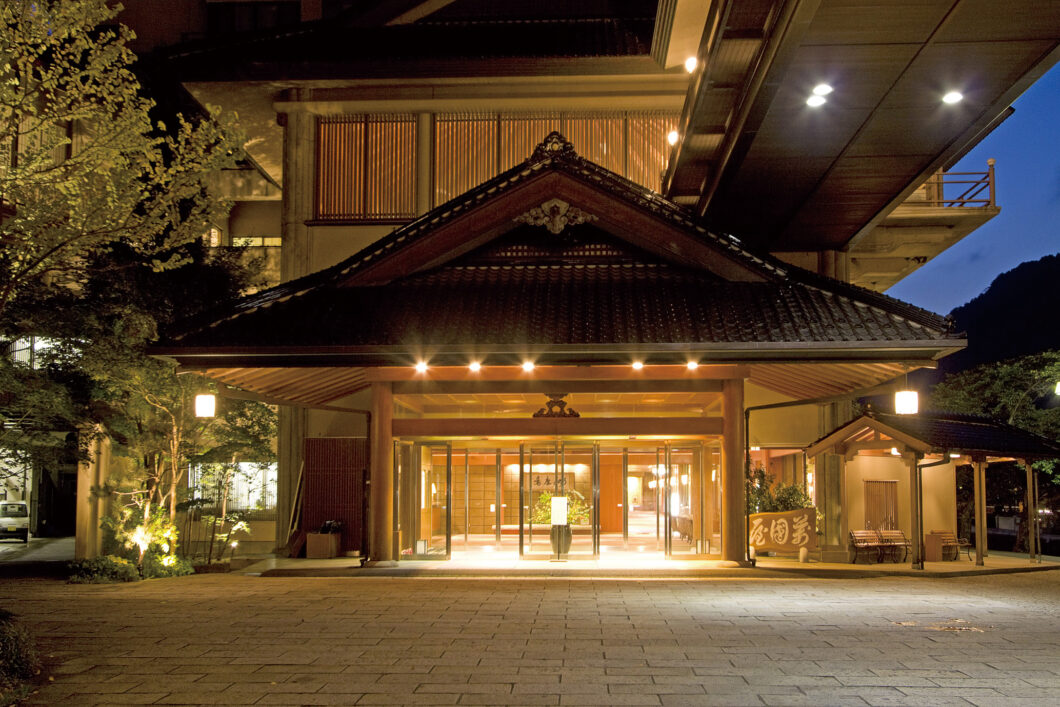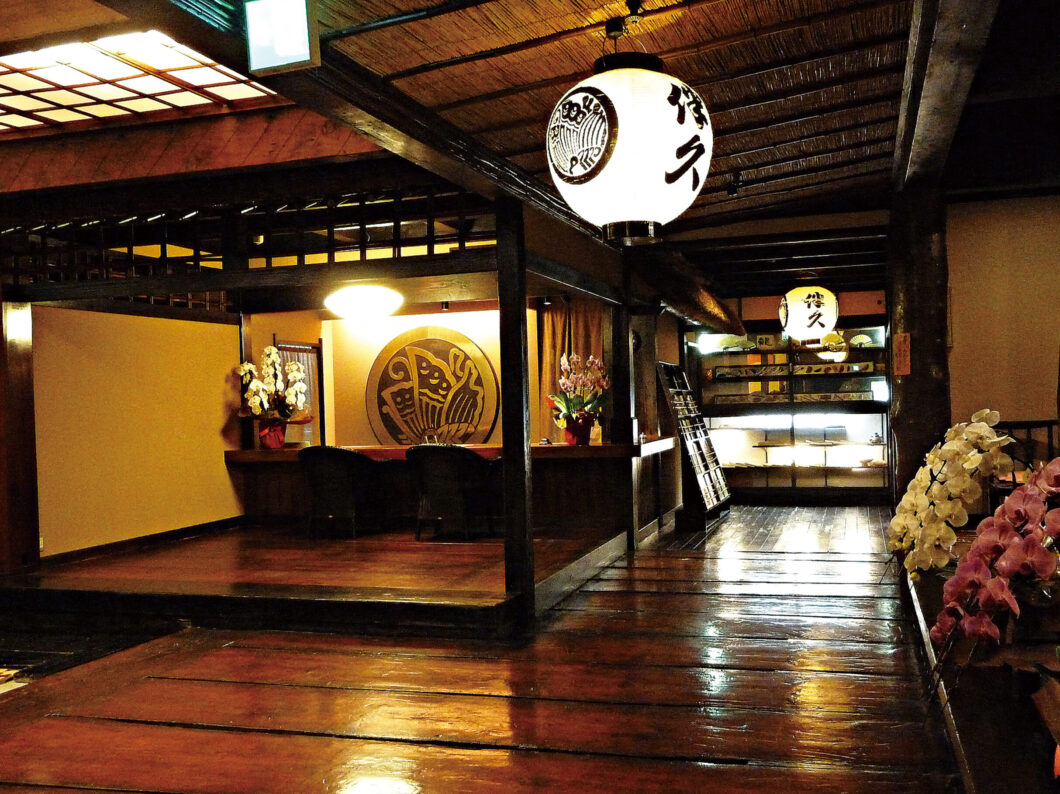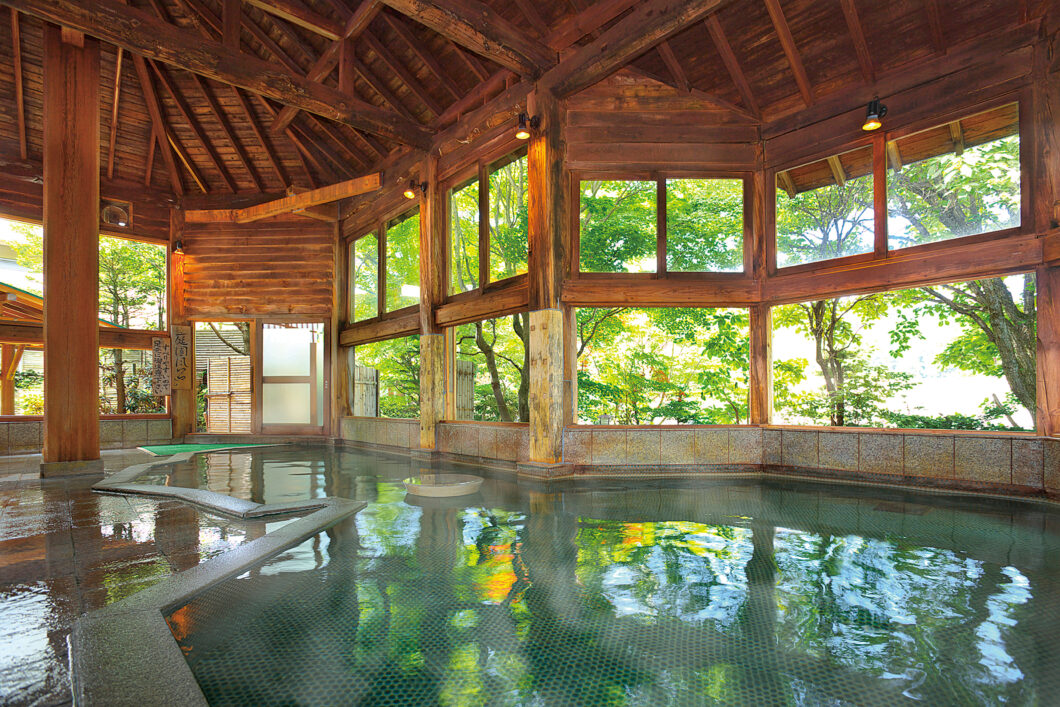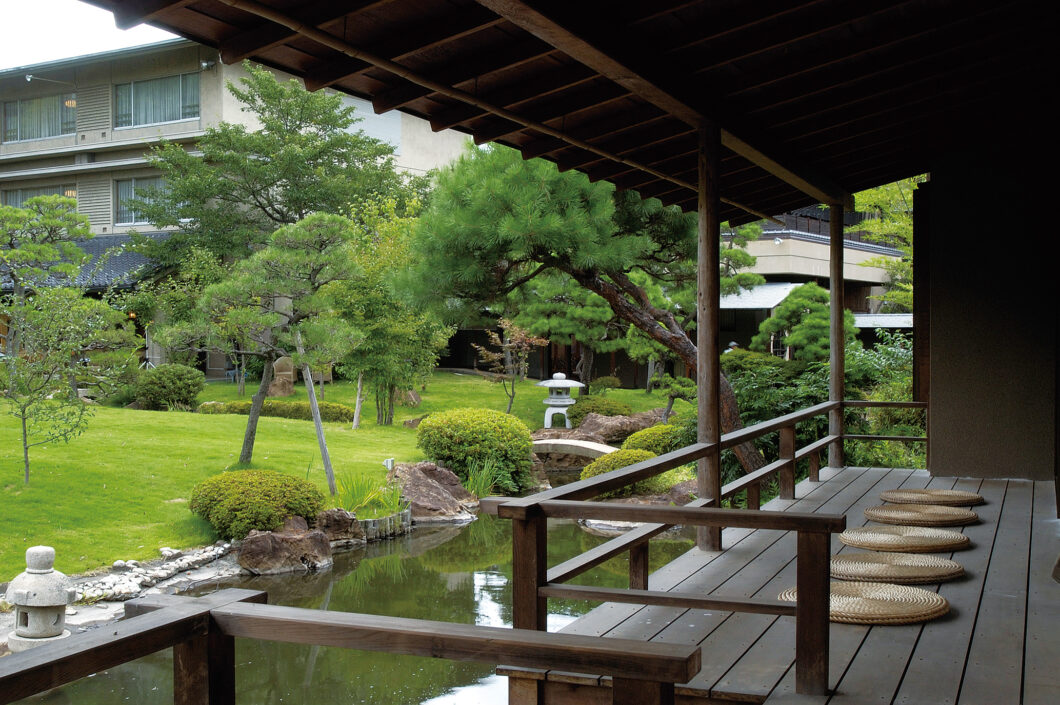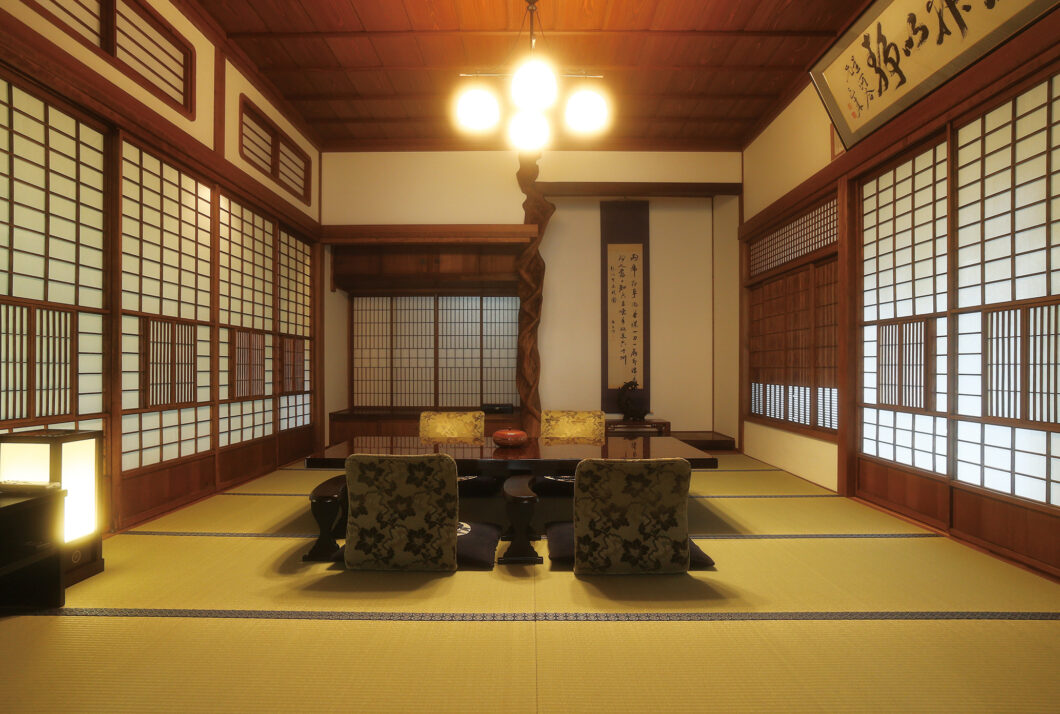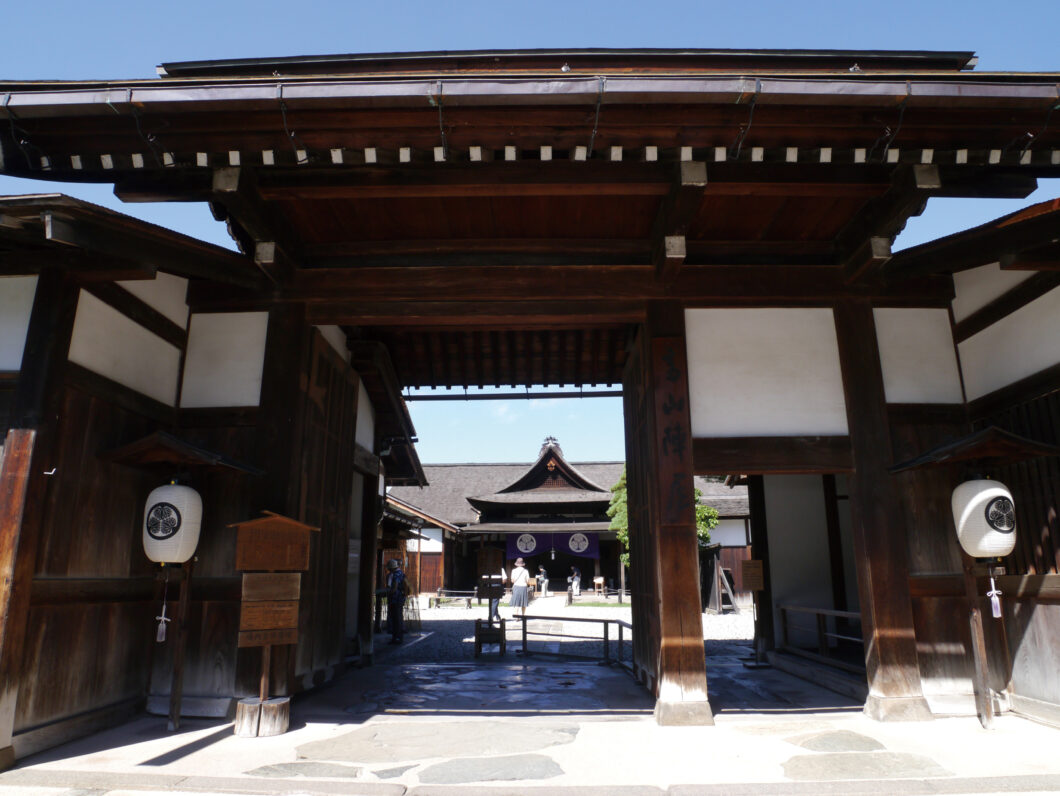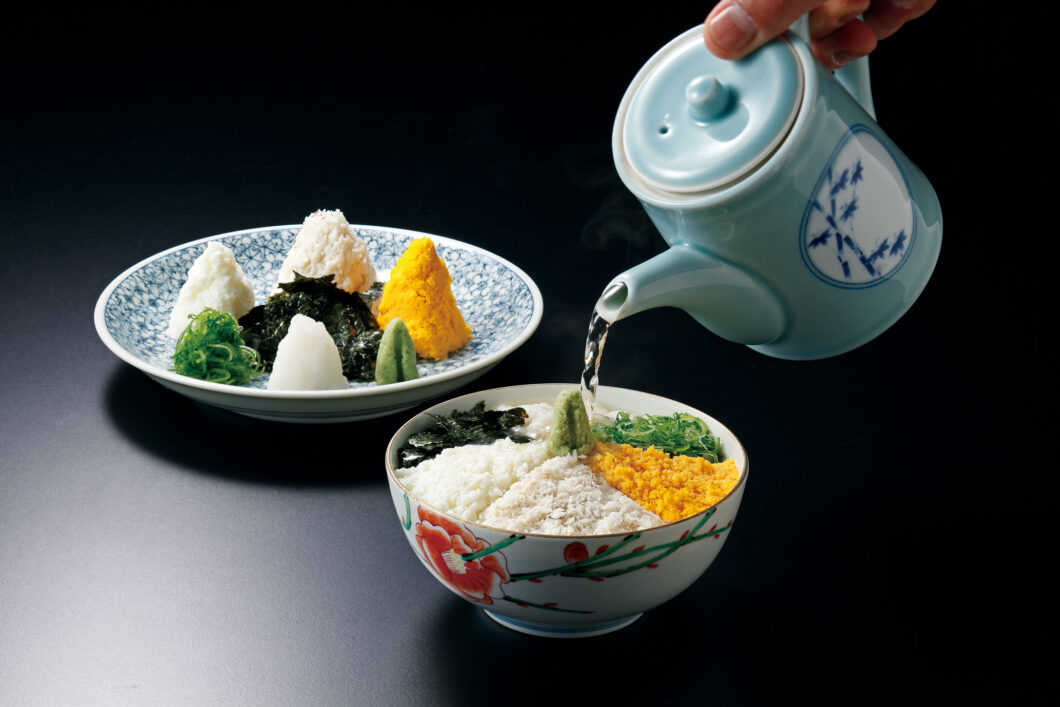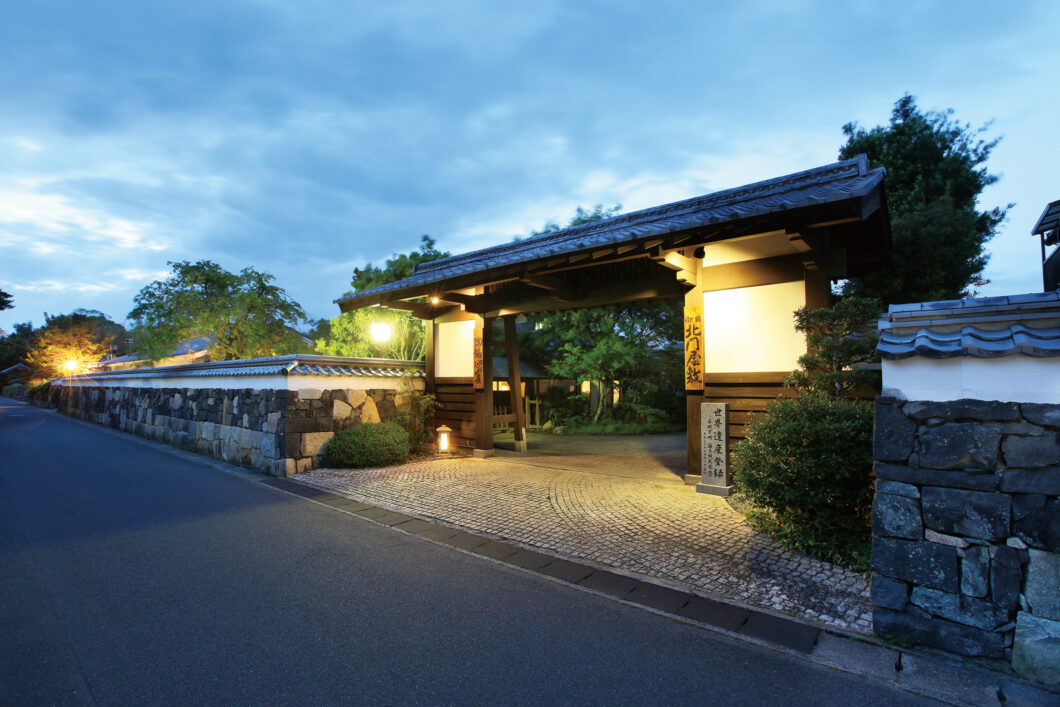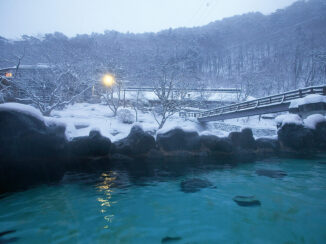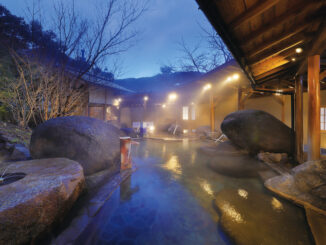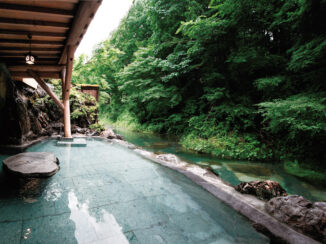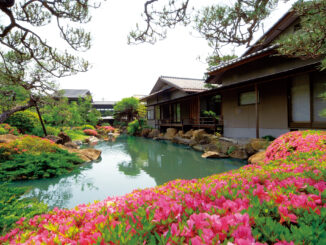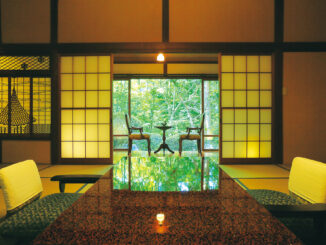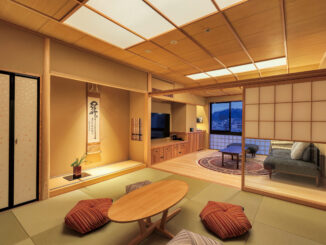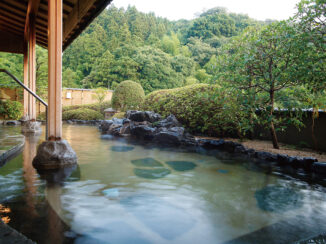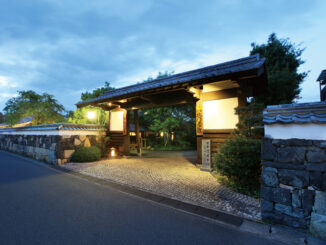Featured
A few interesting anecdotes that will surely pique your interest!
Osawa Onsen Sansuikaku, Osawa Onsen, Osawa Onsen Prefecture
The "Maguribashi" bridge leads from the self-catering area, which is still used as a hot springs resort, to the Kikusuikan, which has been reborn as the Kaya Gallery in recent years. In the Kaya Gallery's second floor hall, you can see the Maguribashi bridge from the past in a scene from the "Osawa Hakkei Painting Book (replica)" by Kawaguchi Getsurei, a painter representing the Morioka domain in the late Edo period. It is a scene from the inn that recalls its 1,200-year history.
Yamagata Prefecture, Atsumi Onsen"Bankokuya"
In June of the second year of the Genroku era, Basho took off his straw sandals at Atsumi-juku with his disciple Kawai Sora, and later, in Sakata, he wrote the poem "Taking the cool evening breeze over Mt. Atsumi and Fukiura." This is a personification of Mt. Atsumi enjoying the cool evening breeze amidst the magnificent scenery. This poem is a must-read, with the atmosphere of a long-established hot spring inn with a particularly spectacular view of the mountains. There is also an anecdote that Basho did not like hot springs, but...
" Honke Bankyu " in Yunishigawa Onsen, Yunishigawa Onsen
After their defeat at Dannoura, the Heike clan settled in Yunishigawa. It is said that the hot springs gushing out from the riverbank were discovered by Tadazane, the eldest son of Kiyomori and the sixth son of Shigemori. Believing that if the hot springs were gushing out, one of their descendants would dig them up, they buried a "horse saddle made from wisteria wood" and gold and silver treasures there. This is the origin of the name "Fujikura no Yu" (Fujikura Hot Springs), which the inn continues to treasure.
Kusatsu Hot Springs, Kusatsu Onsen"Kusatsu Boun"
"Kusatsu in Jomo Province is truly a place of divine Kusatsu Onsen unparalleled in the world, and not only is it a thriving hot spring inn, but it is also constantly attracting elegant and distinguished guests..." is a passage from Jippensha Ikku's Jomo Kusatsu Onsen Dochu, and the hot spring inn in question is Kusatsu Boun. It was written during the Bunsei era, about 200 years after the inn's founding in 1599, and we can see that Boun was already a place to accommodate distinguished guests at that time.
Tokiwa Hotel , Kofu Yumura Onsen, Yamanashi Prefecture
This historic hotel has welcomed many members of the imperial family, including Emperor Showa, who visited on a civil inspection tour in 1947, Prince Takamatsu, Prince Chichibu, Prince Mikasa, Prince Hitachi, and the current Emperor when he was Crown Prince. There is no need to say much about the hotel being a purveyor to the imperial household. The hot springs, which were loved by Takeda Shingen and are said to have healed his wounds and fatigue from war, continue to flow even today.
Nagano Prefecture, Bessho Onsen"Ryokan Hanaya"
Admiring the stately earthen walls and entering the ceremonial entrance hall used only for nobles, you will find a rare structure with an adjacent room, a first room, and two shoin study rooms. The alcove pillars are made from natural apricot wood, the "saru-chyo ceiling" is made from wood carved into a hexagon, and the shoji screens are made with thin, processed latticework, all of which are intricately crafted. This five-star inn is the only one that offers the experience of staying in a "samurai residence."
Gifu Hida Takayama Onsen, Honjinhiranoya Kachoan"
The town of Takayama was built by Kanamori Nagachika, a vassal of Toyotomi Hideyoshi, along with Tenjinyama Castle. The high ground surrounding the castle was used as the samurai estate, while the lower area was used as the town for townspeople, and a group of temples was established in Higashiyama, modeled after Kyoto. As the name suggests, the inn is located in front of Takayama Jinya. The old streets and the famous morning market are within walking distance, making it the perfect place to enjoy the atmosphere of the ancient city of Takayama.
Shimane Tamatsukuri Onsen, Tamatsukuri Onsen "Kasuien Minami"
Along with the "Kami no Yu" hot spring, the tea ceremony culture that flourished under Lord Matsudaira Fumai, the 10th feudal lord of the Izumo Matsue domain, one of the most famous tea masters of the Edo period, is also famous. The tea style continues as the Fumai school, and famous sweets (Yamakawa, Wakakusa, Natane no Sato, etc.) and Matsue's specialty Botebote tea are passed down to the present day as "Lord Fumai's favorites." Tea hospitality is also a principle of the long-established inn Minami.
Hagi Hokumon Yashiki Mansion in Hagi Onsen, Yamaguchi Prefecture
The only inn in the World Heritage Site "Hagi Castle Town." Sannomaru was the residence of senior vassals such as the Mori clan. At Hokumon Yashiki, which faces Onarimichi and Honmachi, where the feudal lord used to walk, precious stone walls from the Edo period remain at the foundations of the front gate. Hagi has retained the layout of the Edo period so much that it is said that "it's like walking around with an old map." There are also plenty of spots to visit to commemorate the heroes of the Meiji Restoration.


